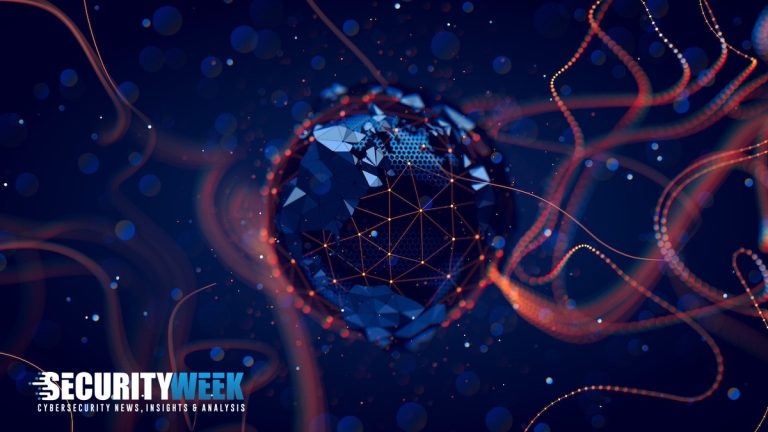The annual 2025 RSA Conference is fast approaching and as we prepare for the biggest event impacting cybersecurity professionals, I couldn’t fail to notice how the key themes over the past few years, including this year, really resonate with what we are seeing across the cybersecurity industry.
A fitting anchor theme
The key theme for this year’s event is “Many Voices. One Community”. And there really are many voices at RSA with 531 sessions, 600 exhibitors and more than 40,000 delegates. But this is a great anchor theme and one that is very close to my heart because it emphasizes the importance of sharing, collaboration, and unity within the cybersecurity sector.
Of course, like any major event, there’ll be lots of hype, noise and a flurry of announcements to sift through, but the reality is that big conferences, like RSA, really help to move the needle and drive the industry forward. Naturally, there will be all the major vendors who already have an established presence, but it is worth exploring the smaller booths – the startups – who will undoubtedly be showcasing new innovative ideas that could become tomorrow’s big idea.
Falling into the ‘Innovator’s Dilemma’ trap
That isn’t to say that the larger vendors don’t have the wherewithal to innovate, but they often fall into the ‘Innovator’s Dilemma.’ This happens when successful vendors focus too heavily on sustaining core products that serve their existing customer base, while neglecting disruptive innovations and technologies that initially target niche markets but eventually redefine whole industries. This is often because the cost to innovate is too high, compared to maintaining a focus on existing customers and your core business. Here smaller organizations can be more agile because they don’t yet have a large installed customer base to keep happy or an established market presence to address and maintain.
Focusing on customer outcomes
Thinking about RSA, it is amazing to see how the conference has grown since its inception in 1991. Initially it focused on cryptography and started as a small event with just one panel. Over the years, it has expanded to cover broader security topics, reflecting the industry’s evolution and maturity.
Looking back at previous themes such as the “human element”, “art of the possible” and “stronger together” we can see how this all ties together and builds upon each theme with a vision of how, as an industry, we collectively move forward so customers get better outcomes.
Today, we focus on resilience, transformation, efficiencies, sharing and collaboration. At this industry vendor event there is much less focus on competition and more on collaboration and delivering outcomes for customers.
Looking back to earlier technologies, with hindsight we can see that these were much more siloed and systems didn’t speak to each other. This incompatibility is often a barrier to innovation and growth, as it restricts the seamless flow of information and resources, so I’m pleased to see that today there is a real focus on interoperability. Interoperability is crucial because it enables different systems, devices, and organizations to work together seamlessly, streamlining processes, saving time and resources. This is where coordinated efforts can directly impact outcomes, making it easier to expand and automate systems and integrate new technologies without significant overhaul.
Realigning from inside-out to outside-in
At the same time, we are also witnessing more threat intelligence sharing and collaboration, which is another example of an industry maturing and coming together. Previously there has been an “inside- out” approach versus “outside-in”. In the past there has been an “our company, our products” mantra with everyone building their own tech. While an “inside-out” approach focuses on leveraging internal strengths and resources to drive success, an “outside-in” approach helps to prioritize adapting to external factors like market trends and customer demands. When an organization switches to an “outside-in” approach, it starts to focus more on what customers need and the outcomes they are hoping for. Product vendors are realizing they must fit into the infrastructure and architecture of their customers to achieve the desired outcome, and they must adopt a customer-first approach to be successful.
The importance of community
Over the years, we have invested significantly in our ThreatQuotient Community, which saw exceptional growth over the last 12 months. This is a trusted, highly regarded community with vetted cybersecurity professionals. In parallel, we have expanded our capabilities in threat intelligence, collaboration, and sharing, with a focus on security automation and AI, which I am sure will also be heavily trending topics at the conference.
With just a few weeks to go to RSA as we prepare and think about ‘Many Voices. One Community’, a great first step for customers looking to mature their security approach is to consider threat intelligence sharing, particularly with established communities such as the various ISACs. For those less familiar, ISAC stands for Information Sharing and Analysis Center. These are global, member-driven, not-for-profit organizations dedicated to enhancing cybersecurity and resilience within their specific sector. ISACs facilitate real-time information sharing among its members, helping institutions collectively defend against cyber threats and safeguard the entire sector as a collective. I would urge folks to collaborate and make many connections at RSA and then continue building on these once the conference is finished. Our collective voices and one community will provide the intelligence we need to safeguard our businesses in today’s modern digital environment. Enjoy the conference, and together, let’s move the industry forward…


